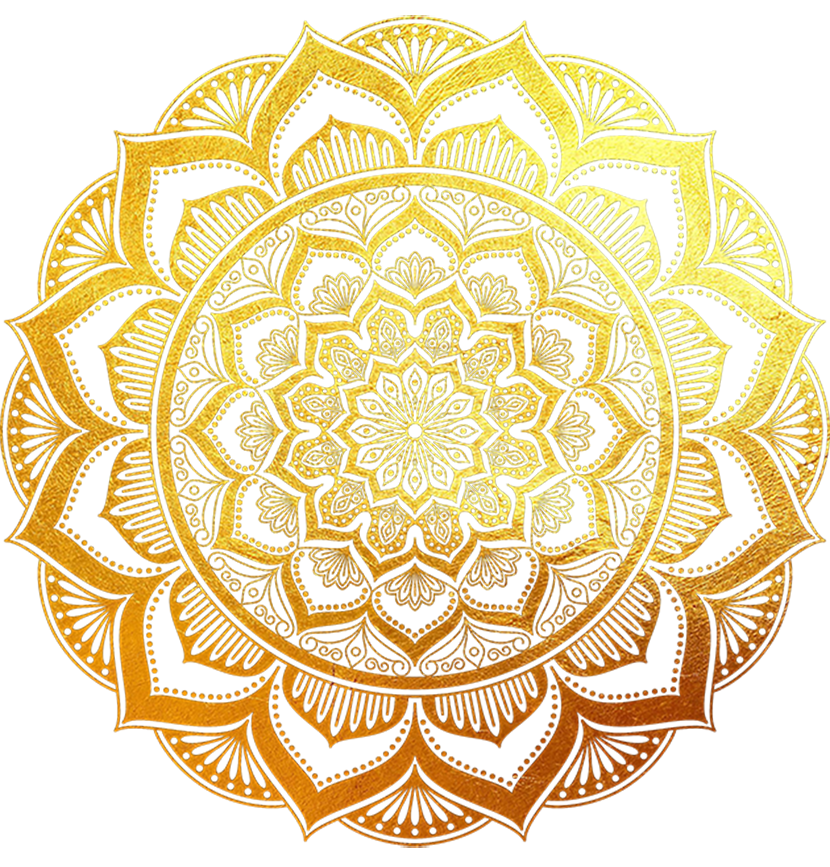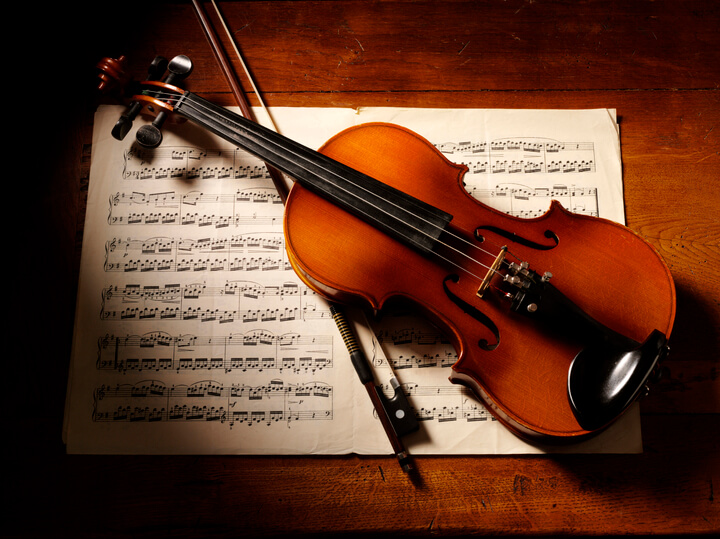

The Violin


🎻 The Carnatic Violin
A Harmonious Blend of Tradition and Innovation
The Carnatic Violin A Melodic Bridge Between Worlds
The Carnatic violin stands as a vibrant symbol of how Western musical instruments can be embraced and transformed by Indian classical traditions. Far from being a mere adaptation, it has blossomed into an essential voice within South Indian classical music, celebrated for its profound expressiveness and remarkable versatility.
More than just a four-stringed instrument played with a bow, the Carnatic violin resonates with centuries of South Indian musical heritage. While its origins lie in the West – the modern violin taking shape in 16th-century Europe before becoming a cornerstone of Western music – it found fertile ground in India in the 19th century.

Amidst increasing European influence in India from the 16th century onwards, a pivotal figure emerged: Baluswamy Dikshitar (1786-1859), the brother of the esteemed Muthuswami Dikshitar of the Carnatic Trinity. His training in Western violin and subsequent application of it to Indian music proved revolutionary. The instrument’s inherent ability to produce the fluid gamakas – the characteristic glides and oscillations that form the very essence of Carnatic melody – made it a natural fit. For this reason, Baluswamy Dikshitar is widely regarded as the father of Indian classical violin. Following his lead, other luminaries like Tanjavur Vadivelu, in the court of Maharaja Swati Tirunal, championed the violin, firmly establishing it within Carnatic music.
The violin rapidly ascended to become the primary accompanying instrument, demonstrating an exceptional capacity to follow and respond to vocal and instrumental performances. Many accomplished violinists graced this role. However, a visionary named Dwaram Venkataswamy Naidu (1893-1964) propelled the violin into the spotlight, showcasing its immense potential as a solo instrument. Since then, numerous distinguished soloists and duettists have enriched the art of Carnatic violin playing with their unique contributions.
While the physical construction of the violin remains consistent across Indian and Western music, significant differences lie in tuning, playing posture, and technique. Notably, the strings are tuned to align with the tonic note (shruti), reflecting the melodic focus of Indian music.
Today, the violin’s presence in Carnatic music is ubiquitous, and its appeal has extended to North Indian classical (Hindustani) musicians as well. Since its adoption in the early 20th century, many celebrated Hindustani violinists have captivated audiences with their distinct playing styles. The Indian violin has also garnered global admiration, with legendary figures like Yehudi Menuhin expressing their appreciation for the unique way Indian musicians have mastered the instrument. Thus, this remarkably adaptable instrument has become an integral and cherished part of India’s rich musical tapestry.